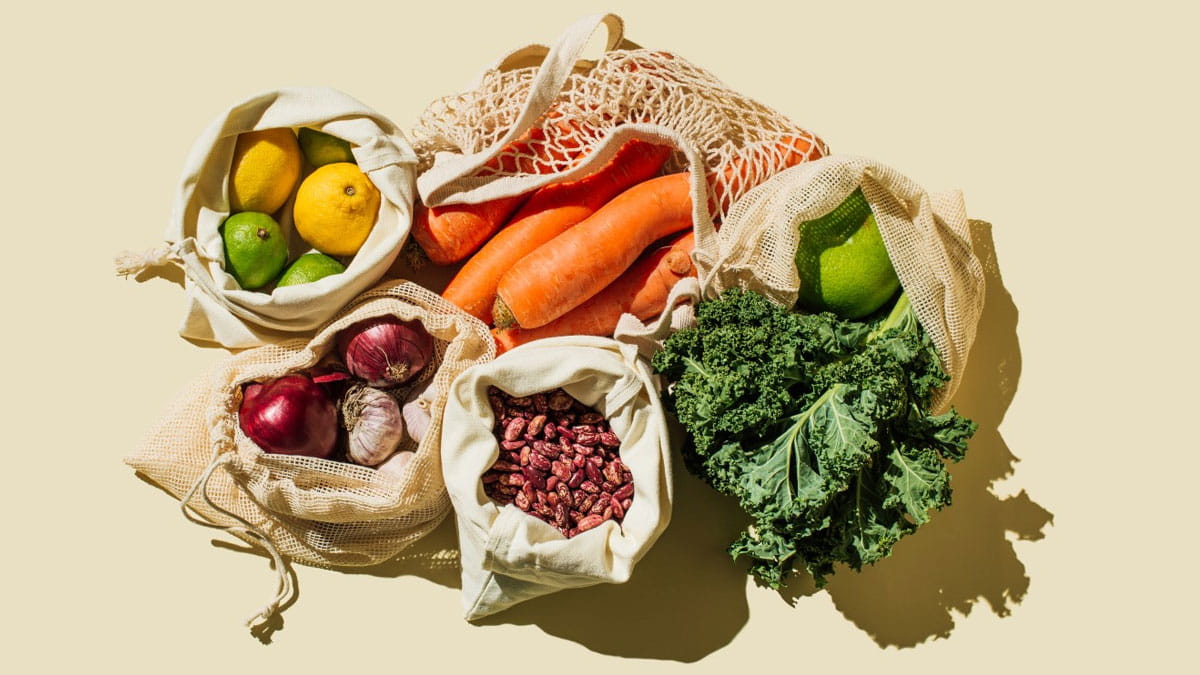Blog article
7 foods that promote good vision and eye protection

Fortunately, maintaining good vision doesn't solely rely on luck or genetics, with our dietary choices playing an integral part.
Our eyes, like any other part of our body, require a variety of nutrients to function optimally, meaning proactively incorporating nutrient-rich foods into our diets and adopting healthy lifestyle habits is essential.
In this blog, we explore the foods that can assist in promoting good vision and eye protection, helping you to see clearly for years to come.
Top foods for healthy vision
1. Leafy greens
We know, we know – dark, leafy greens such as spinach, kale, and savoy cabbage may not be the most exciting of ingredients, but they are absolute powerhouse foods for eye health. Rich in lutein and zeaxanthin, two antioxidants that accumulate in the retina, eating leafy greens can have a beneficial effect in delaying the progression of eye diseases such as age-related macular degeneration (AMD) and cataracts. Lutein and zeaxanthin are also found in broccoli, peas, parsley, corn, and egg yolks2.
2. Carrots
The age-old adage that carrots are good for your eyes isn't just an old wives’ tale. Carrots have one of the highest beta-carotene levels found in vegetables3, which, when converted into vitamin A by our bodies4, is essential for maintaining good vision, reducing the risk of developing certain eye diseases such as age-related macular degeneration5 and night blindness associated with chronic eye dryness6.
3. Citrus fruits
Citrus fruits like oranges, lemons, and grapefruits are packed with vitamin C7, which has been linked to the prevention of the development of cataracts in numerous studies8,9. Other foods high in vitamin C include kiwi fruit, blackcurrants, strawberries, guava, broccoli, cauliflower, cabbage, cooked kale, Brussels sprouts and Chinese cabbage7. Plus, the native Kakadu plum, which contains 100 times the vitamin C than oranges – the highest known concentration of any food10!
4. Berries
Not only a delicious snack, blueberries, strawberries, and raspberries contain the antioxidant group anthocyanins11, which have been shown to improve night vision, reduce eye strain, and improve blood circulation12. Other sources of anthocyanins include grapes, apples, plums, and cabbage11.
5. Fatty fish
Salmon, tuna, and sardines are excellent sources of omega-3 fatty acids13, which play a crucial role in maintaining the structural integrity of the retina and both the prevention and treatment of age-related macular degeneration (AMD)14. If you’re vegetarian or vegan, flaxseed, chia seeds, and walnuts are additional sources for omega-3 fatty acids15.
6. Nuts and seeds
Almonds, sunflower seeds, and peanuts are all rich in vitamin E16, which has been shown to contribute to overall eye health and protect against gradual central vision loss observed in age-related macular degeneration (AMD)17. Vitamin E is also found in wheat germ oil, safflower oil, pumpkin, red capsicum, and spinach16.
7. Eggs
Already mentioned as a key source of lutein and zeaxanthin, eggs also contain zinc18, which is essential in maintaining healthy eye function, in addition to reducing the development and progression of chronic eye diseases19. Additional foods high in zinc include oysters, beef, pumpkin seeds, oats and cheese18.
Additional tips for eye protection
In addition to incorporating the above foods into your diet, there are several other lifestyle factors to consider when it comes to protecting your eyes:
- Wear sunglasses: Exposure to harmful UV rays can accelerate the development of cataracts and other eye conditions20. Invest in a good pair of sunglasses that block 100% of UVA and UVB rays to shield your eyes from the sun's damaging effects.
- Take regular breaks: If you spend long hours staring at screens, make a conscious effort to take regular breaks to rest your eyes. Follow the 20-20-20 rule: every 20 minutes, look at something 20 feet away for at least 20 seconds to reduce eye strain20.
- Quit smoking: Smoking is a major risk factor for several eye conditions, including macular degeneration and cataracts. If you smoke, quitting can significantly reduce your risk of developing these problems and improve overall eye health20.


